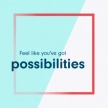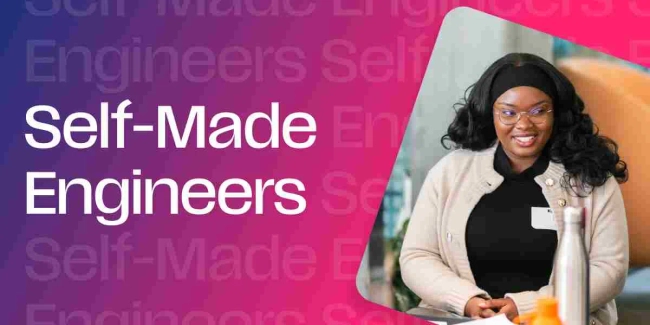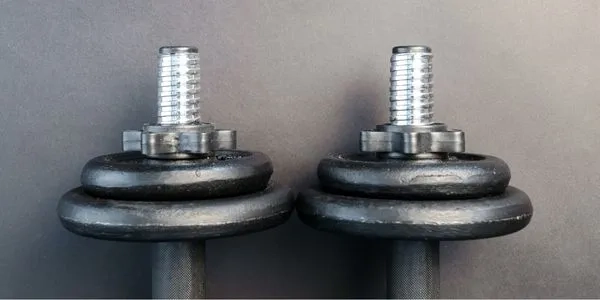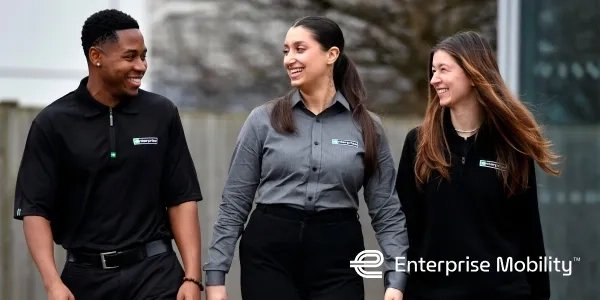How do I identify my strengths?

Serena Vaughan - Early Careers Attraction, Diversity, Engagement Manager
Fidelity International
Our top picks
Related roles
Trending on targetjobs
You might be interested in...

Fidelity International - Fidelity | Value
Video

Fidelity International - Invest in Your Future
Video




_(1).webp)














.webp)



